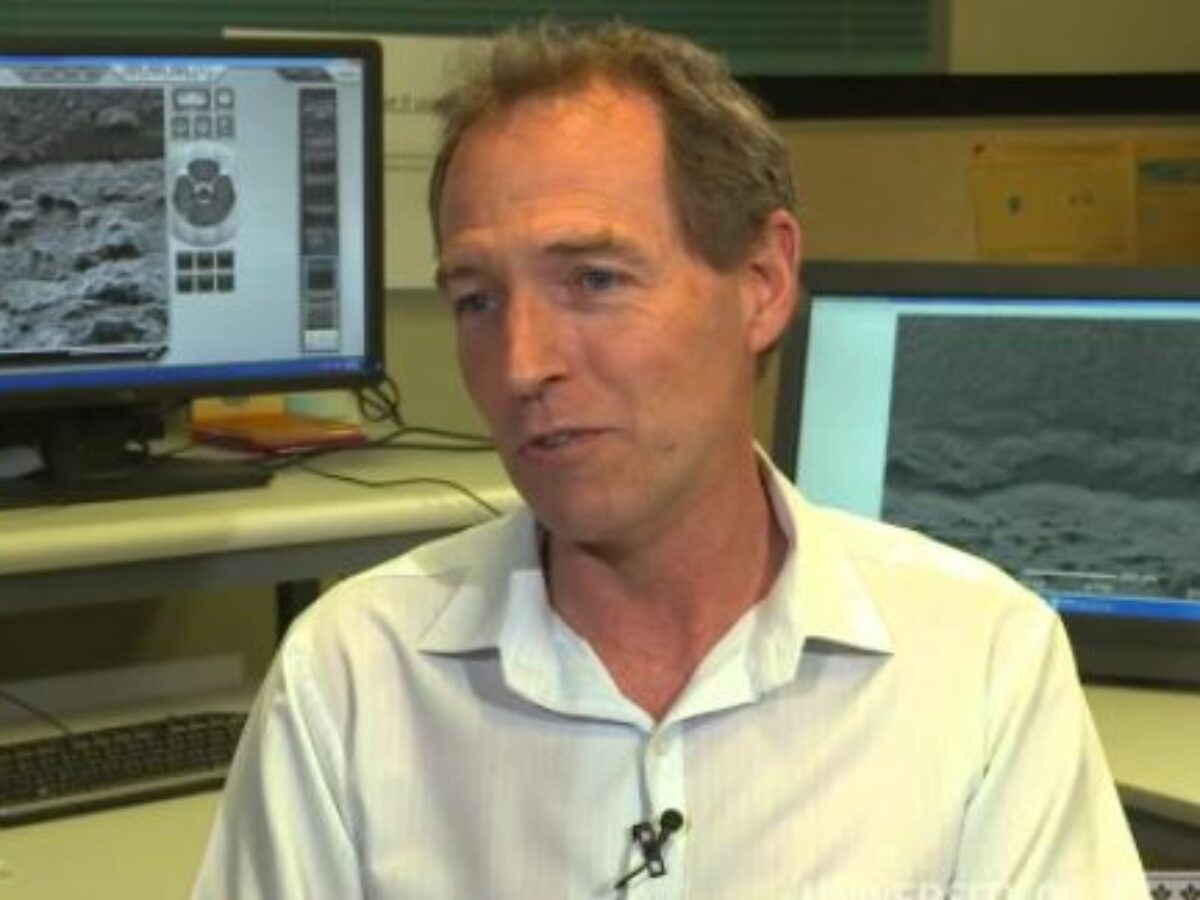Researchers fabricate muscles that work at room temperature

Scientists from the University of Wollongong (UOW) are part of an international team that has fabricated artificial muscles by twisting and coiling carbon nanotube or polymer yarns.
The researchers from the United States, South Korea, China and Australia have just published their results, considered to be an important breakthrough in the development of artificial muscles, in the prestigious academic journal Science.
The latest paper describes a breakthrough in the practical use of materials that allow the artificial muscles to work efficiently at room temperature without the need for heating or cooling.
Instead, the new muscles are actuated by an electrochemical process, with the researchers overcoming several obstacles that had previously limited the efficiency of electrochemically driven carbon nanotube artificial muscles.
The muscles actuate by contracting their length when heated and returning to their initial length when cooled.
UOW researchers Dr Javad Foroughi and Senior Professor Geoff Spinks (pictured), from the Faculty of Engineering and Information Sciences and the Australian Institute for Innovative Materials, have been collaborating with the international team for more than 20 years.
Professor Spinks compared the way the new muscles worked to the difference between a battery and an internal combustion engine.
“Our new room-temperature muscles operate in the same way that we charge and discharge a battery, which doesn’t involve any change in temperature.
“Our previous muscles were a bit more like a car engine where heat is used to build up pressure and cause motion.”
Dr Foroughi said that previous artificial muscles developed by the team needed very high temperatures to achieve their high performance, while previous attempts at room temperature operating muscles were inefficient.
“We discovered that a simple modification to the material resulted in a huge boost in the amount of contraction the muscle makes, especially at high speeds, and without the need for heating or cooling.”
Potential applications for artificial muscles include use in robots, medical tools, prosthetics, miniature machines and even for textiles in clothing that can automatically adjust to suit the wearer.
Picture: Professor Geoff Spinks
Subscribe to our free @AuManufacturing newsletter here.
Topics Technology
@aumanufacturing Sections
Analysis and Commentary Awards Defence Manufacturing News Podcast Technology Videos










